Lenticular Printing Business Cards
Lenticular business cards are business cards that have our special lenticular printing process applied to them. Lenticular printing is a technique that uses lenticular lenses, which are small, ribbed plastic lenses that are arranged in a pattern on a flat surface. When viewed from different angles, these lenses create the illusion of depth or motion, giving the business card a unique and eye-catching appearance.
Some examples of effects that can be achieved with lenticular business cards include 3D images, flip animations, and morphs. This type of business card can be a great way to stand out and make a lasting impression on potential clients or business partners.
Lenticular business cards can be printed on a variety of materials, including plastic, paper, and metal, and they can be produced in different sizes and shapes. This effect on your business cards is more expensive to produce than traditional business cards, as the lenticular printing process is more complex and requires specialized equipment. However, they can be a worthwhile investment for businesses looking to make a strong impression and differentiate themselves in a crowded market.
How to best utilize your lenticular business cards
Lenticular business cards can be a great way to make a strong first impression and stand out from the competition. Here are some ways to utilize lenticular business cards effectively:
- Use them as a marketing tool: Lenticular business cards can be a great way to grab attention and make a memorable impression. You can use them at trade shows, networking events, or as part of a direct mail campaign to attract new customers or clients.
- Make them unique: Lenticular business cards can be customized to fit your brand and business. Consider using a unique effect or design that reflects your business’s values or mission.
- Keep them professional: While lenticular business cards can be eye-catching, it’s important to keep them professional and appropriate for your business. Make sure the design and content of your card is appropriate for your industry and target audience.
- Use them as a conversation starter: Lenticular business cards can be a great way to start a conversation and get people talking about your business. Consider using them as part of a promotional campaign or as a way to follow up with potential clients or customers.
- Hand them out sparingly: While lenticular business cards can be a great marketing tool, it’s important not to overuse them. Make sure to use them strategically and only hand them out to people who are genuinely interested in your business or services.
What is lenticular printing?
Lenticular printing is a method of producing printed pictures with the appearance of depth, or the capacity to alter or move when the image is seen from various angles, using lenticular lenses (a technique also used in 3D displays).
Flip and animation effects like blinking eyes, as well as contemporary commercial images that alter their message depending on the viewing angle, are examples of lenticular printing.
A transparent plastic lens front layer is combined with a printed backing layer in lenticular print. The print may be done on regular paper and then properly aligned and bonded to the plastic lens material, or it can be done directly on the smooth back face of the transparent plastic (typically using UV inkjet).
What effects are possible with lenticular printing?
Lenticular effects are divided into two categories: animation and 3D. By placing visual components on various spatial planes, 3D lenticular effects give the sense of depth. Computer-generated animation, video, time-lapse photography, and motion picture film may all be used in animation lenticular effects, which play image frames like a motion picture projector. Zoom, flip, and morph are the three categories that make up the animation category.
Zoom Effect
Visual components are pushed forward or leap out towards the view when zoomed in. This effect is excellent for capturing and concentrating customers’ attention on your brand or a highlighted product.
Flip Effect
The flip element toggles the visual components of an image on and off, allowing one picture to transform entirely into another. This is an excellent way to demonstrate a “cause and effect” or “before and after” concept.
Morph Effect
The morph element, rather simply turning a picture on or off like the flip effect, changes one visual element into another. The morph animation effect is an excellent method to demonstrate a backwards comparison, such as comparing an old logo or product to a new one.
Combination of Effects
While any of these components may be utilized alone, you’ll often see them combined in the same project. Flip/3D, Motion/3D, and Motion/Zoom are all common combinations. Lenticular effects may be combined to produce stunning outcomes. However, in order to get a good outcome, rigorous preparation and planning must be carried out.
Need help with this?
Our expert team is always here to help with any customizations you require.
Available 10am-6pm weekdays by phone, email or livechat.
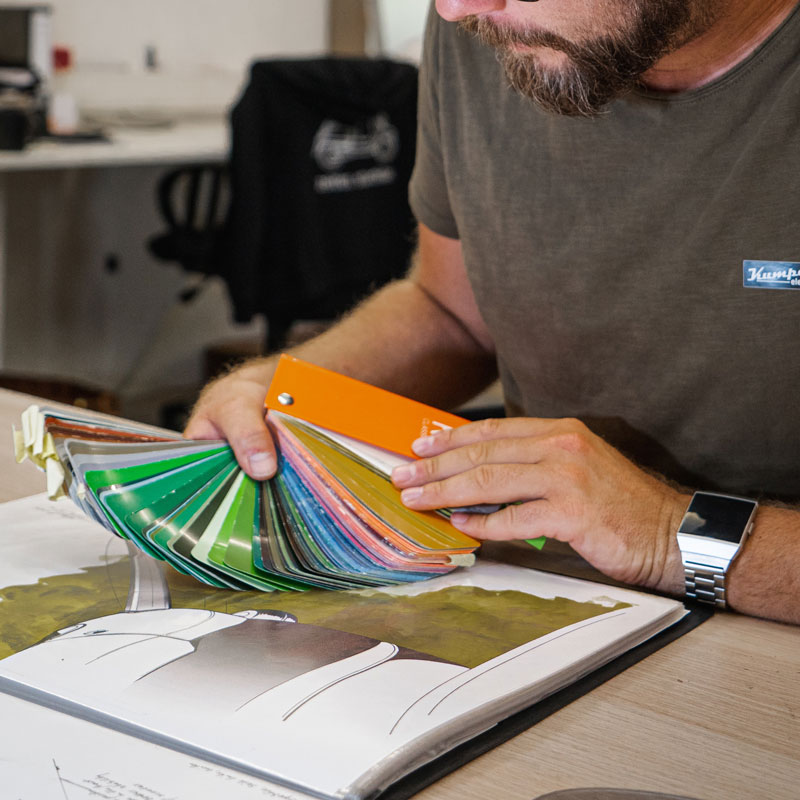
Use CMYK Colors
In offset printing, the standard color mode used in CMYK. When you are creating your files, be sure to check the color mode as programs like Photoshop by default use RBG color, not CMYK.
Accepted File Formats
We require industry standard formats for all uploaded files. We accept the following file formats: TIF – JPG – PDF – EPS – PSD – AI – CDR.
Rich Black vs 100% Black
Large black areas or fonts bigger than 36 points should use Rich Black which stops areas appearing gray. Rich Black is created with 30% Cyan, 30% Magenta, 30% Yellow, 100% Black.
What Paper to Choose?
We offer a wide range of different thickness and texture card stocks. Our text weight is based on pounds and our card stock is weighted by points. Want to feel the difference? Order a Free Sample Kit today.
What is Font Outlining?
We might not have the same fonts on our systems as your computer, so when saving your files in a vector based program (Illustrator, InDesign, Quark, CorelDraw) please outline your fonts.
Coating Types
We have many coating options at Printing New York including Matte, UV, silk and spot UV. UV coating can’t be written on with pen, but Matte can. Ask our team if you have questions on Coating Types.
Discover beautiful business cards printed in NYC
With over 20 years experience in print, you can be sure you’ll arrive with the perfect business card.
Business Card Effects
Discover our entire range of premium business card effects including Spot UV, foil stamping, 3D raised and lenticular cards.
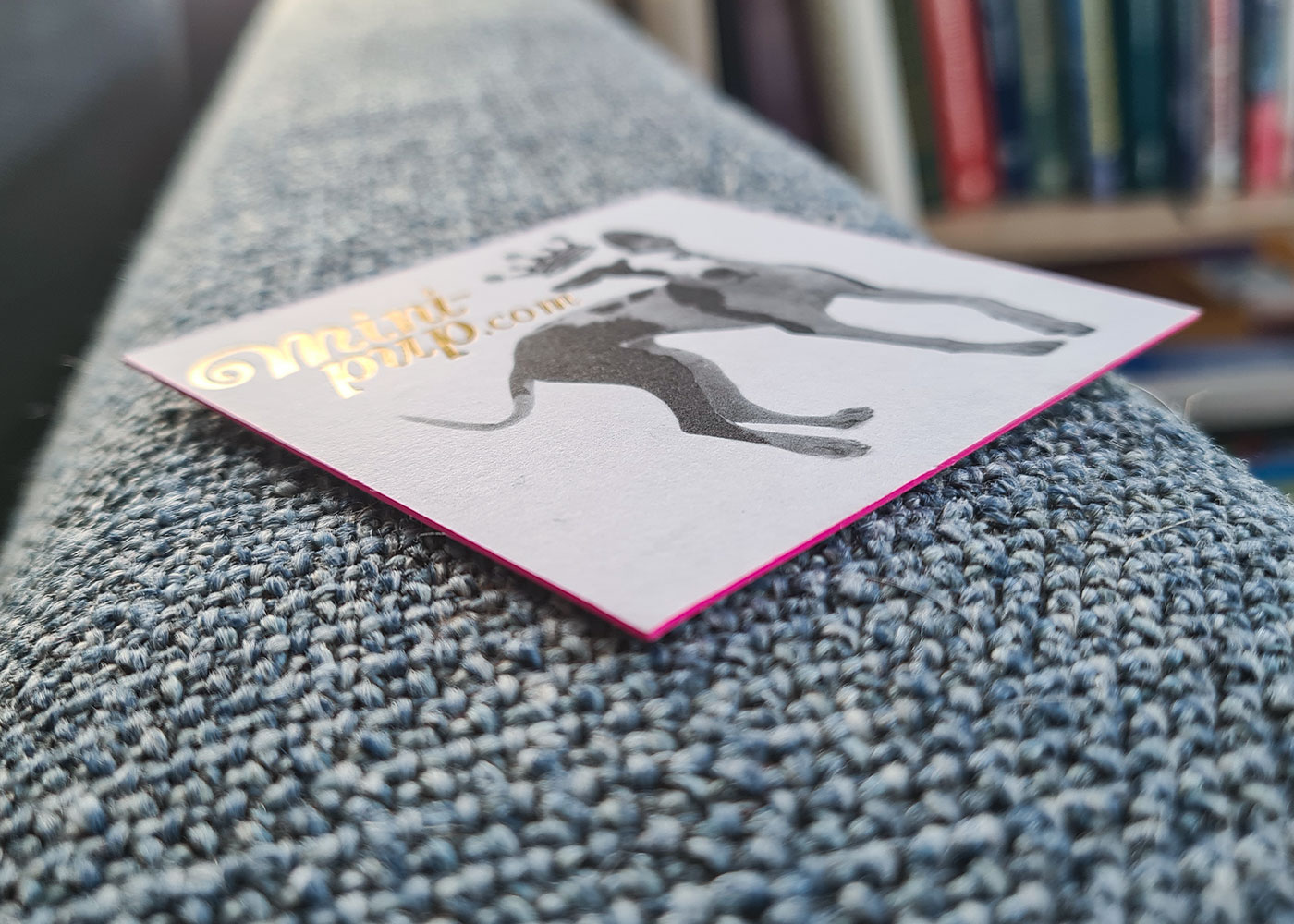
Painted Edges
Our painted edge business cards have a one-of-a-kind detailed effect in which the edges of your business cards are painted in vibrant hues.
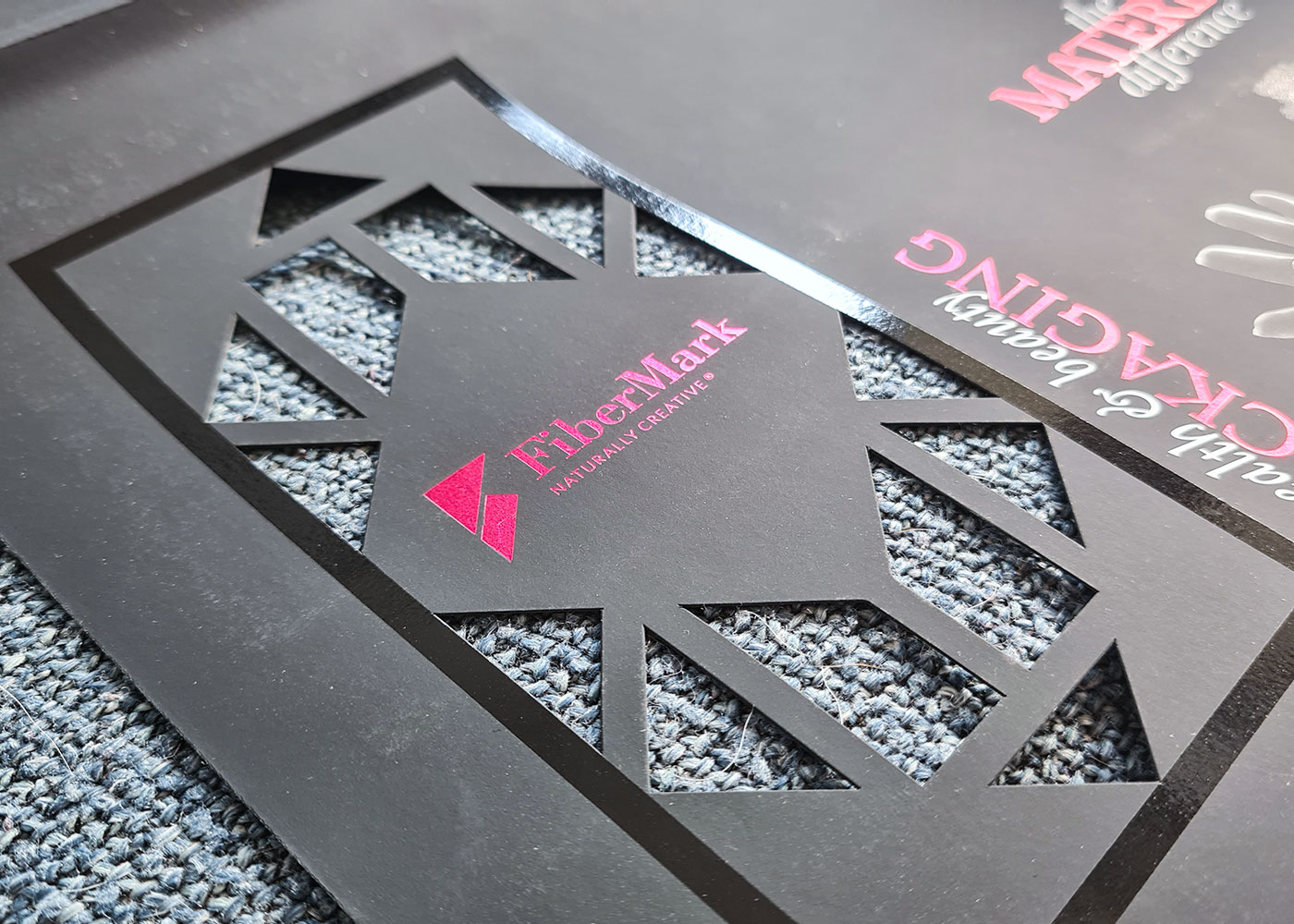
Die Cutting
Die cutting adds a personal touch to your business card and gives them a unique look.
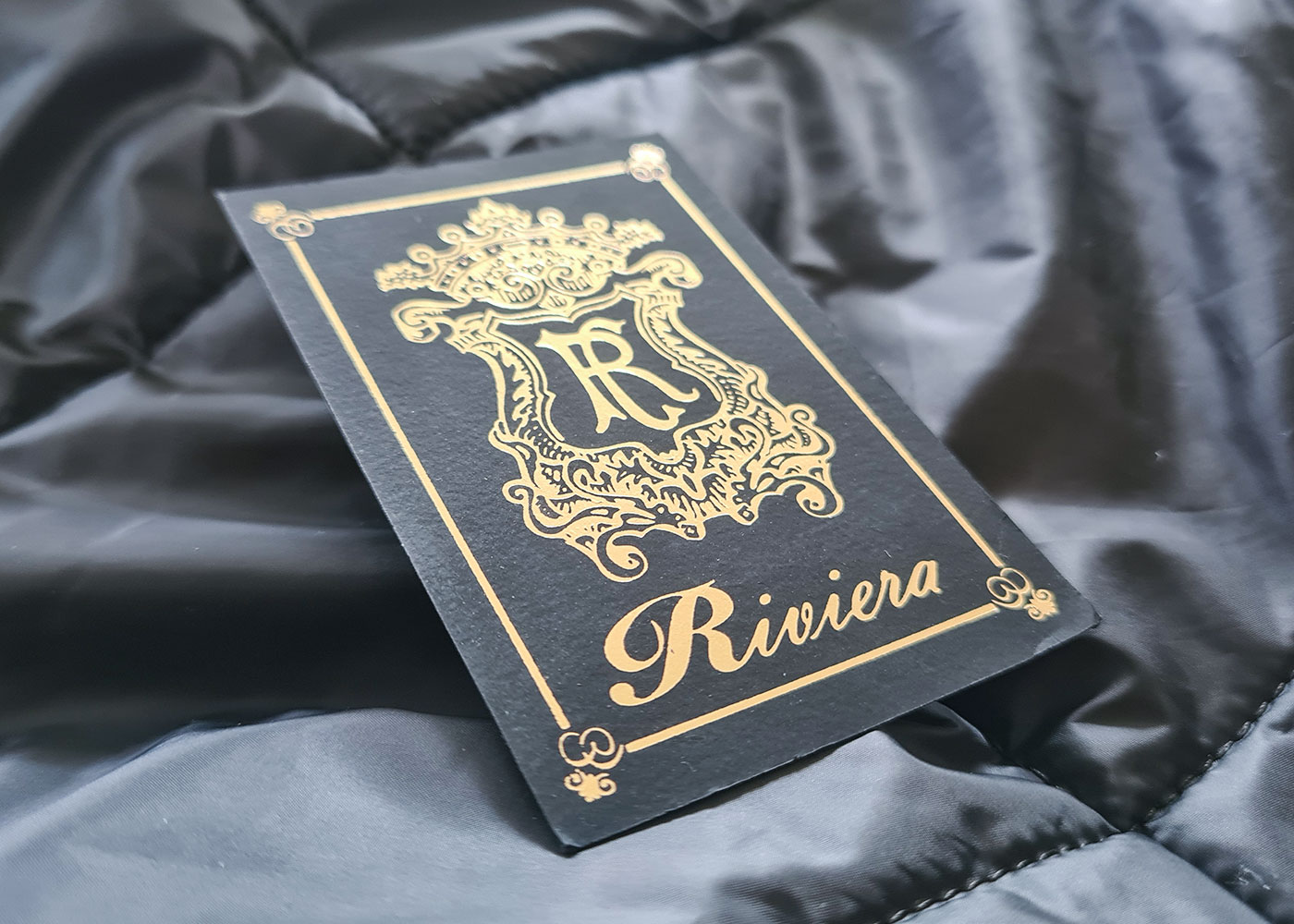
Foil Stamping
We employ both metallic and pigment foils, which give your printed works a gleaming, bright, and sparkling appearance.
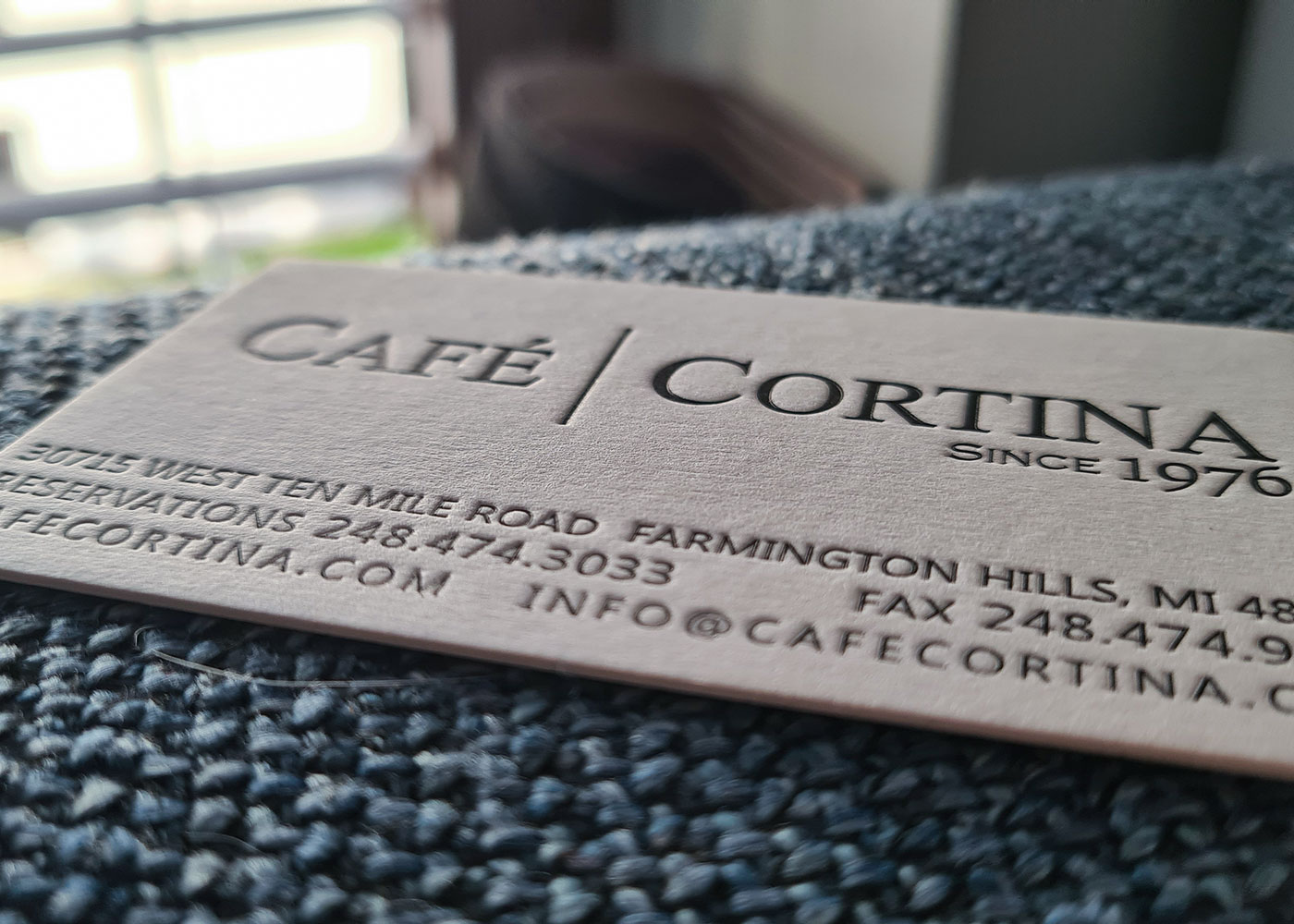
Letterpress
Letterpress printing is a time-honored method of relief printing, which when filled with colors, leaves a beautiful deepset finish to thicker cards.
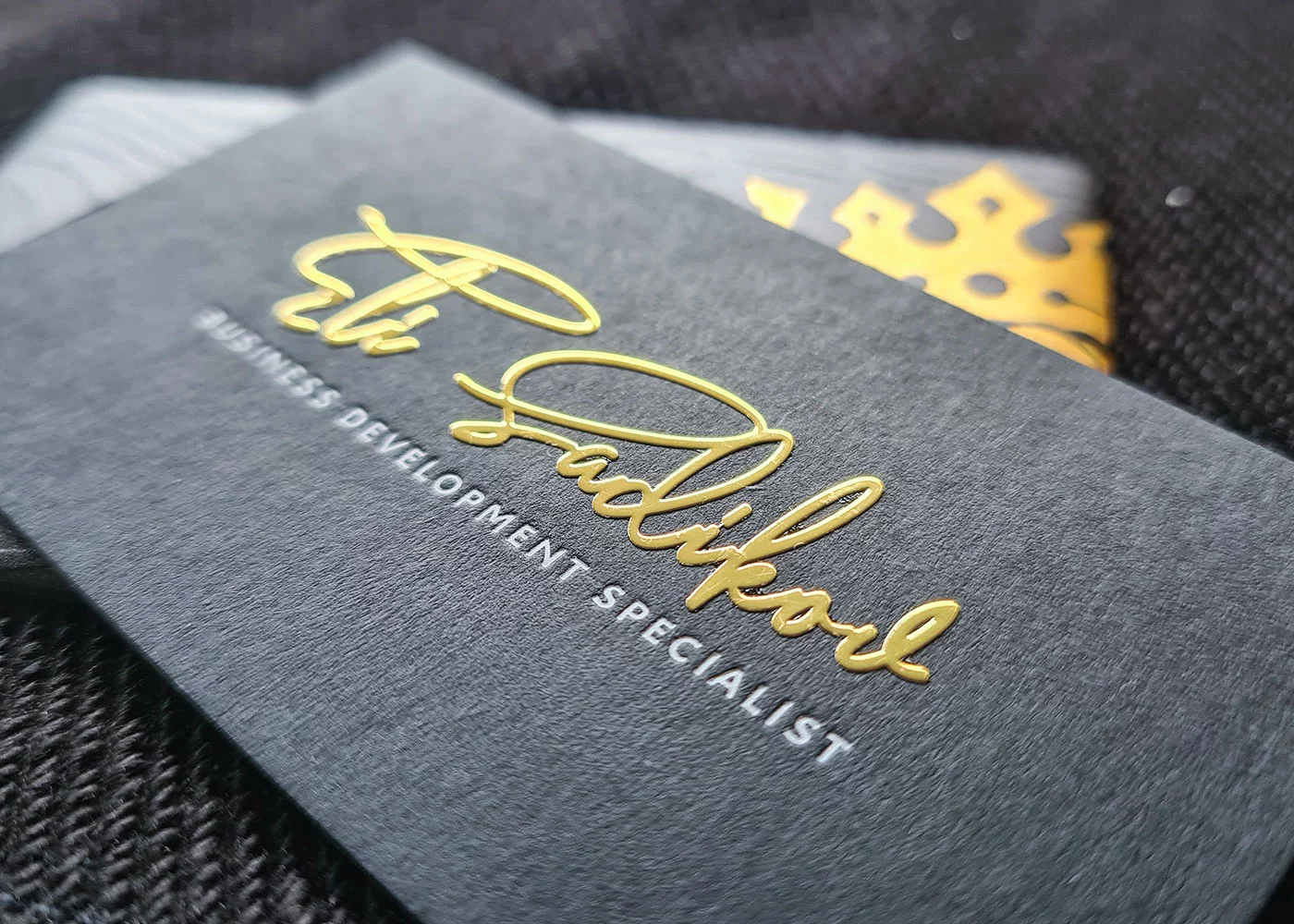
3D Raised Foil
3D raised foil and raised UV printing is the dynamic new printing option that makes your card’s design literally stand out!
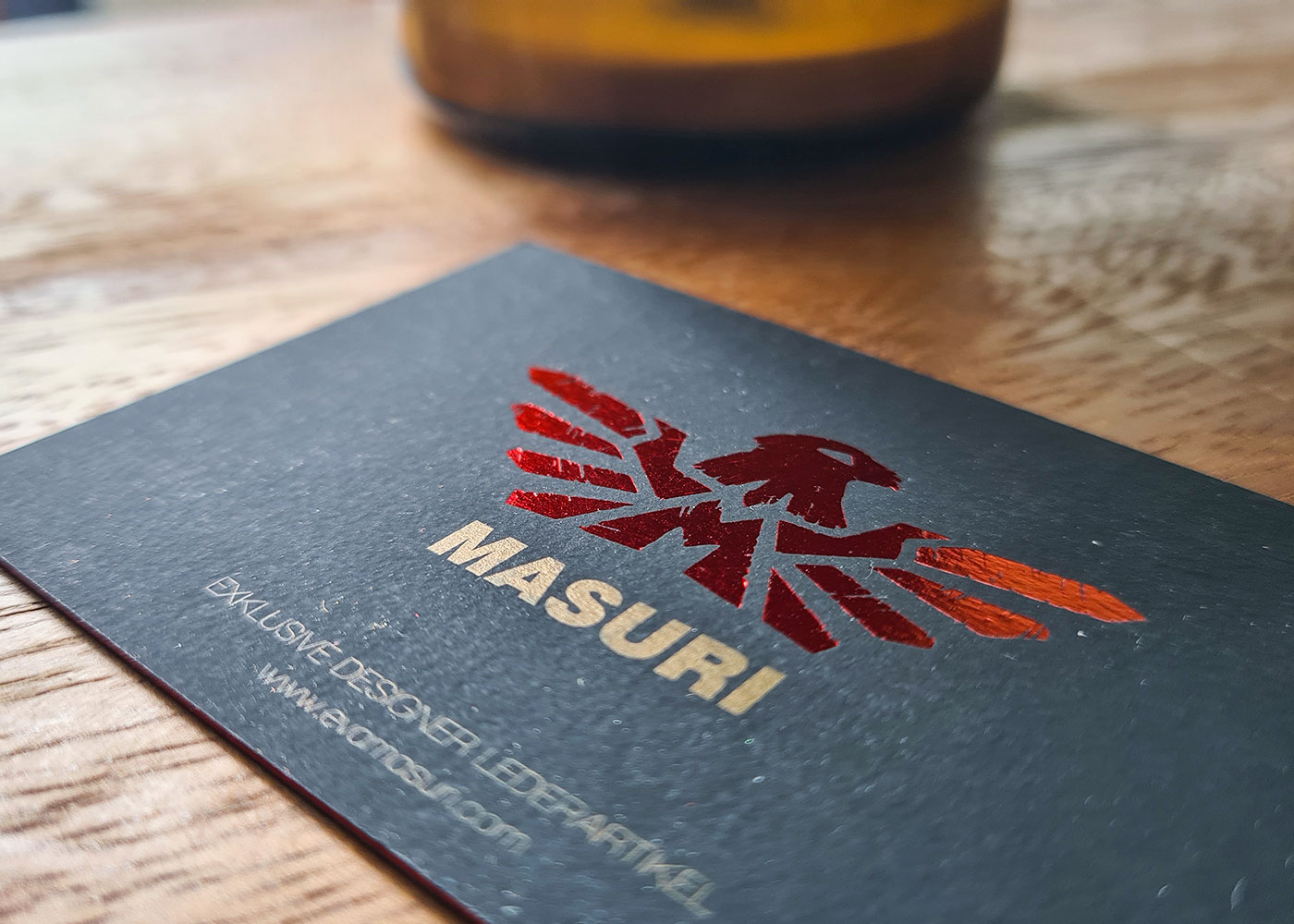
Spot UV
Spot UV is a unique printing finish that adds a high-shine and glossy finish to certain sections of your business cards.
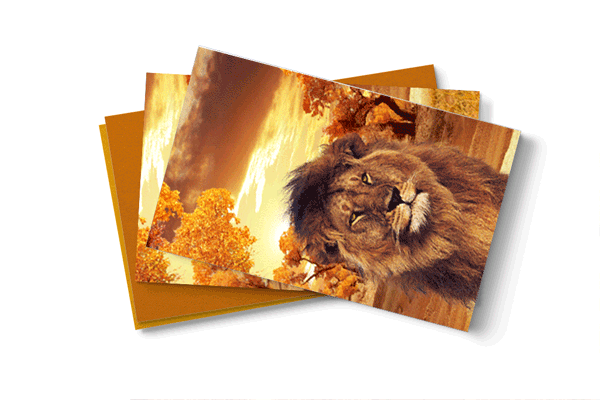
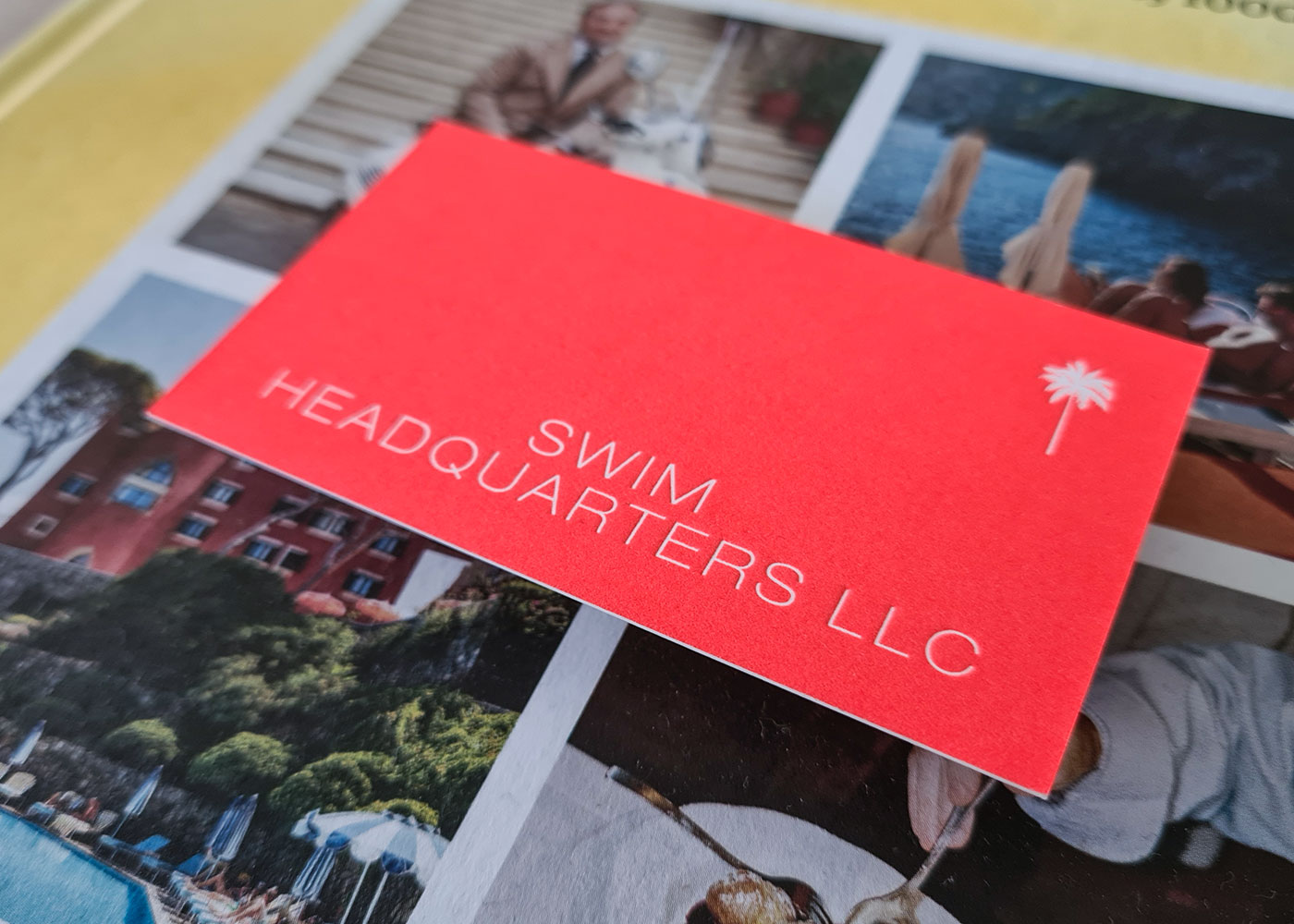
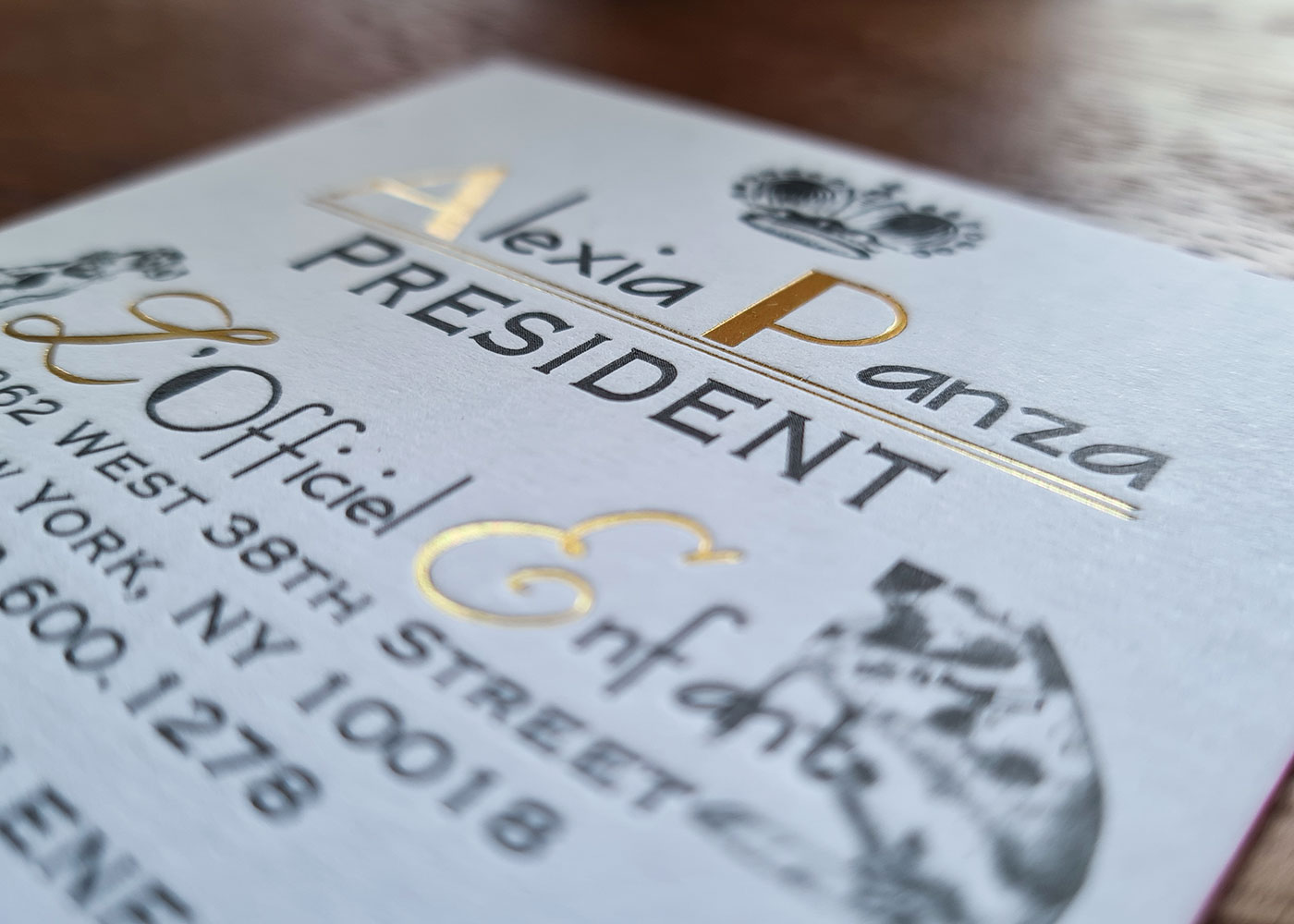
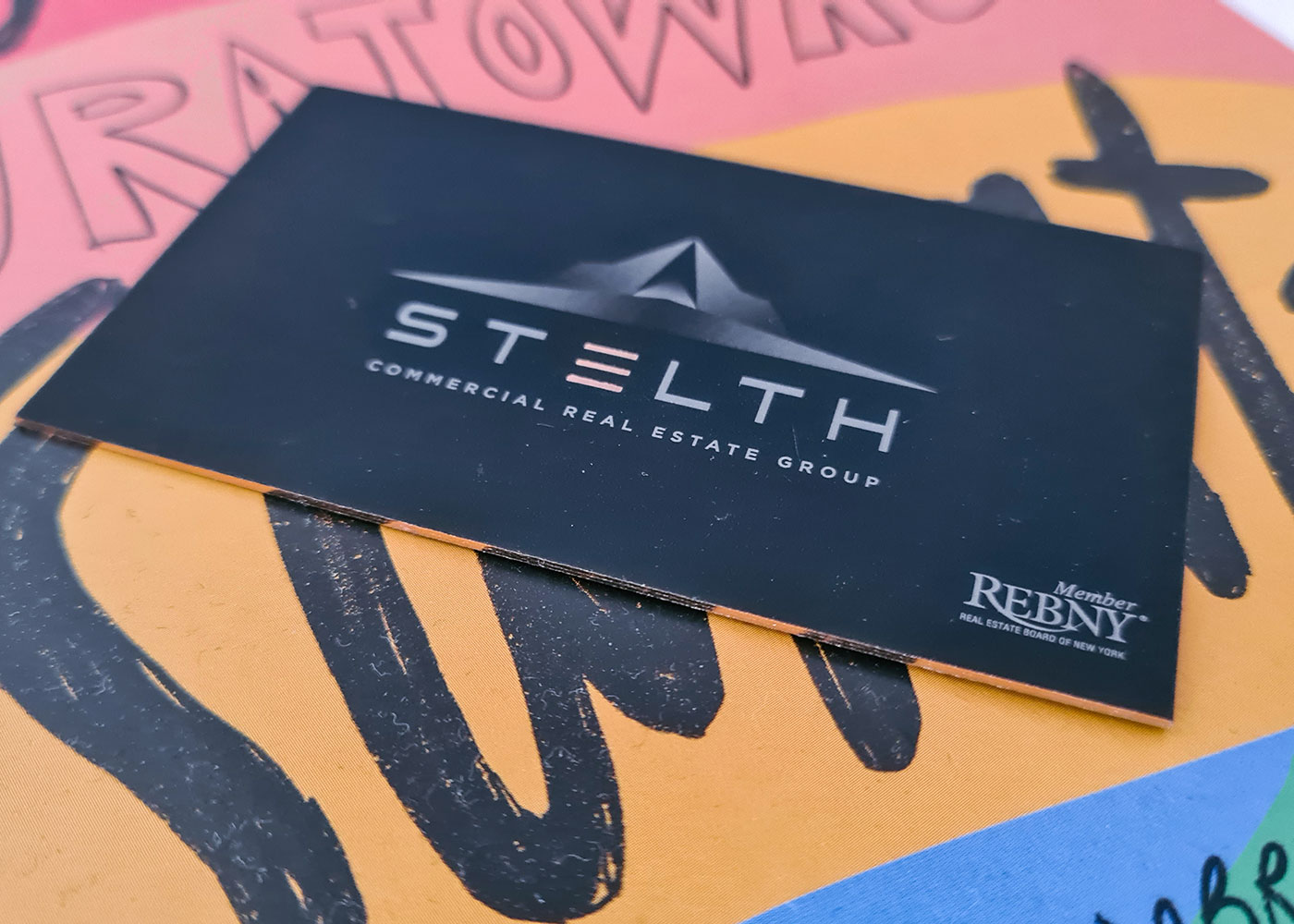

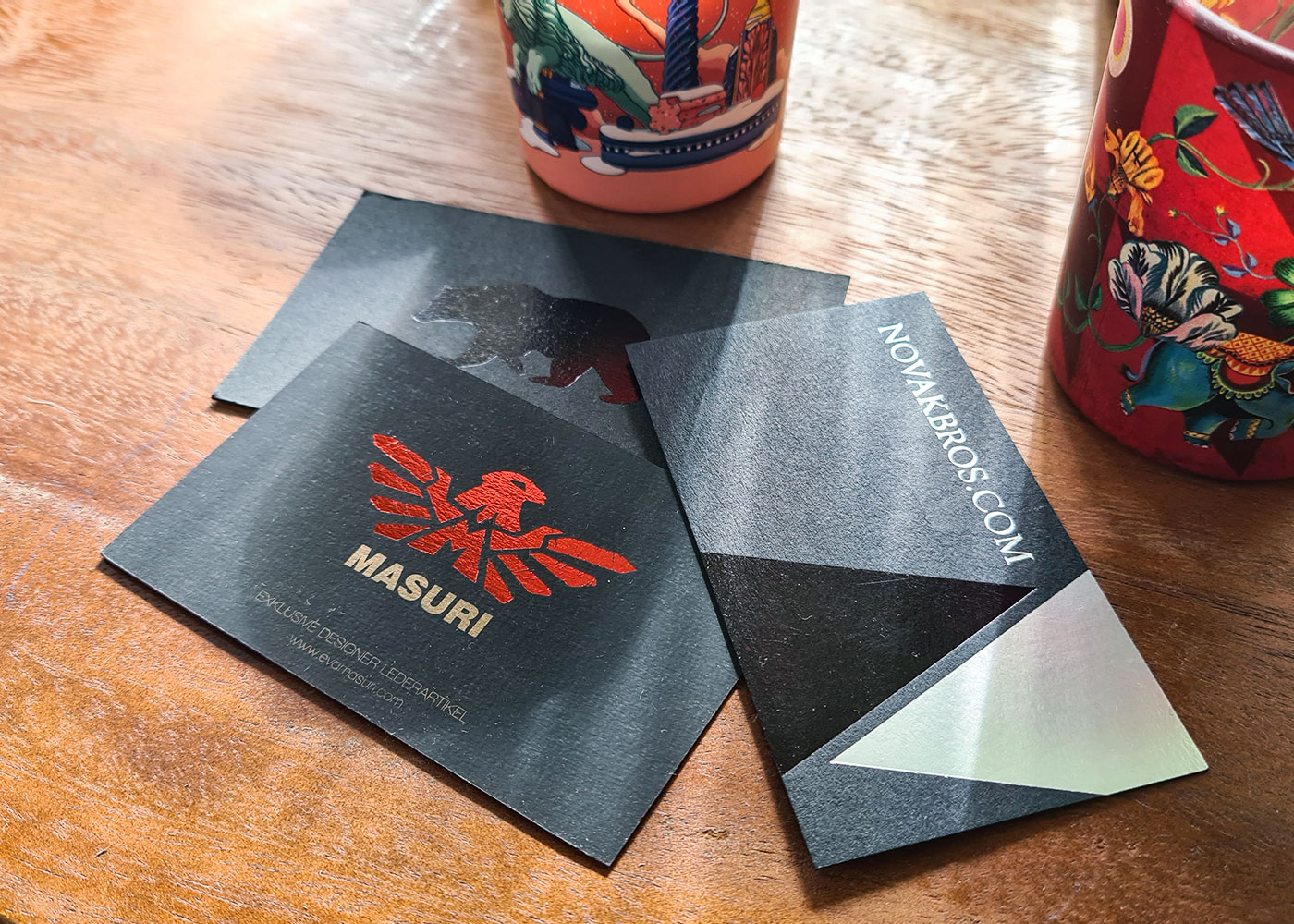

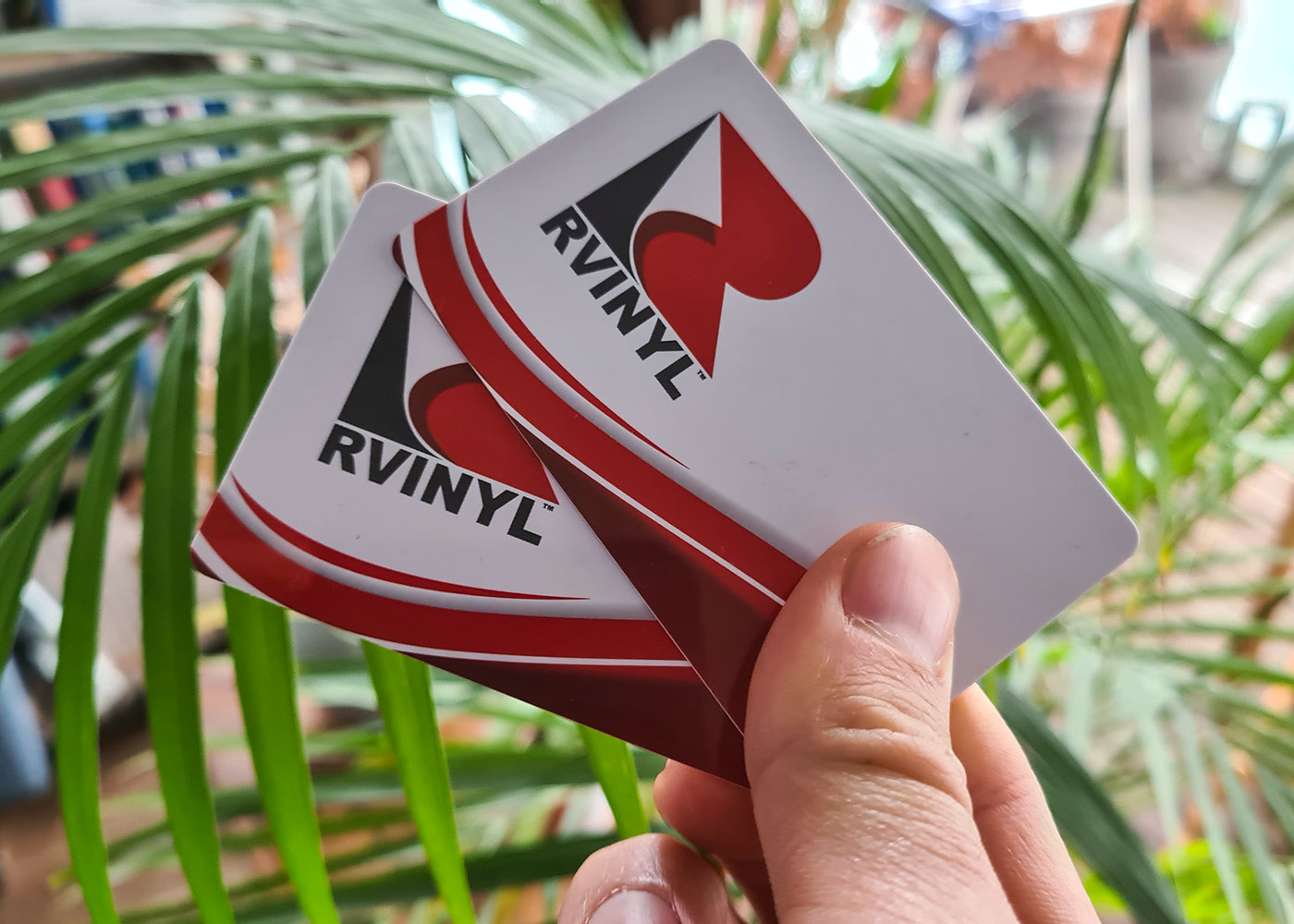
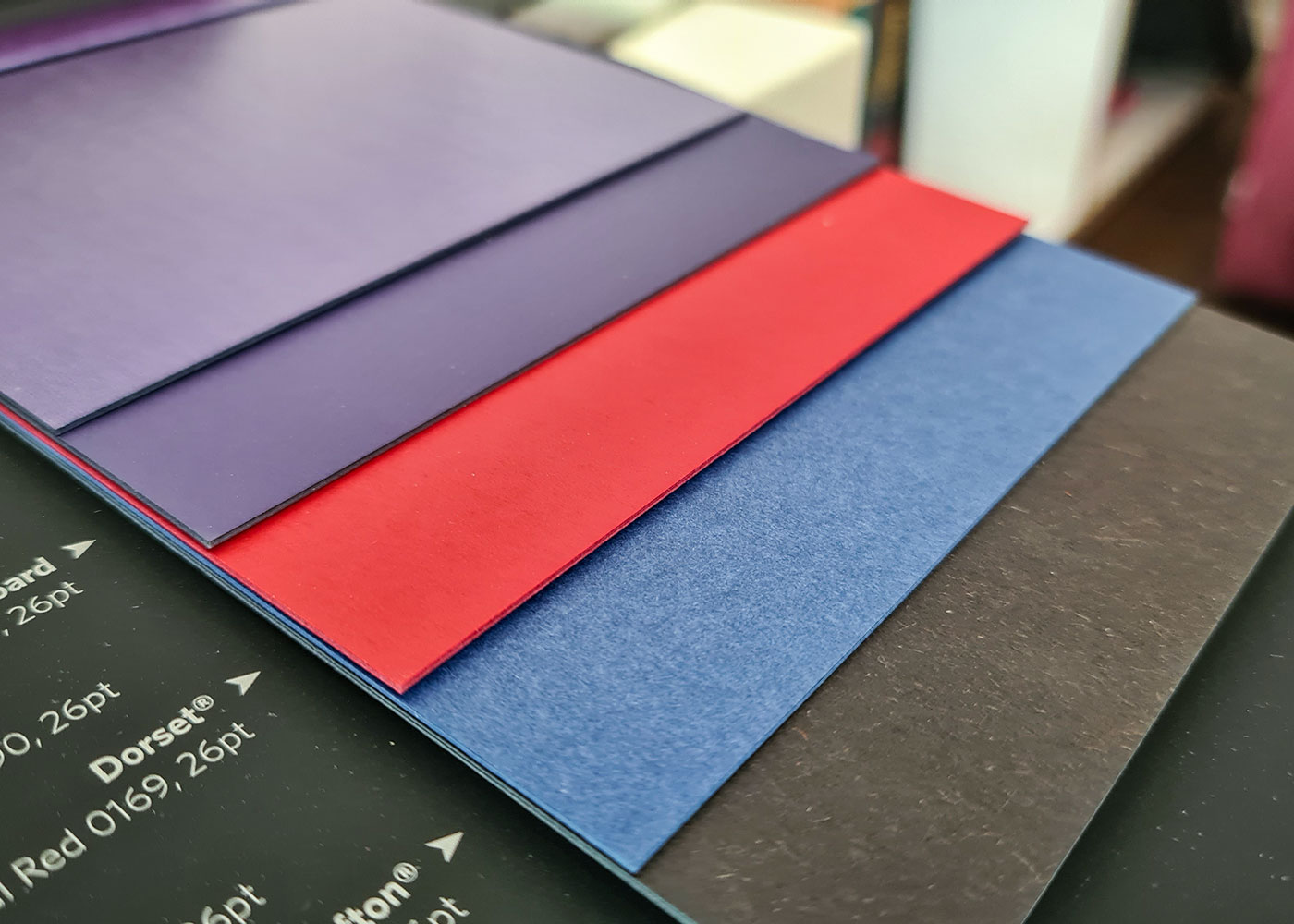

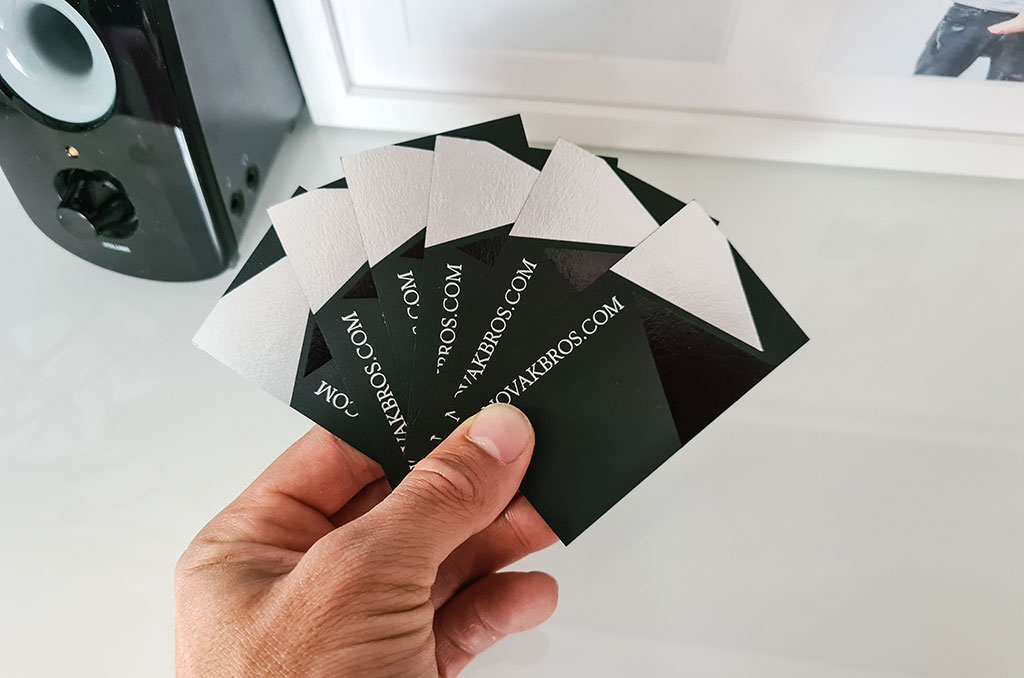
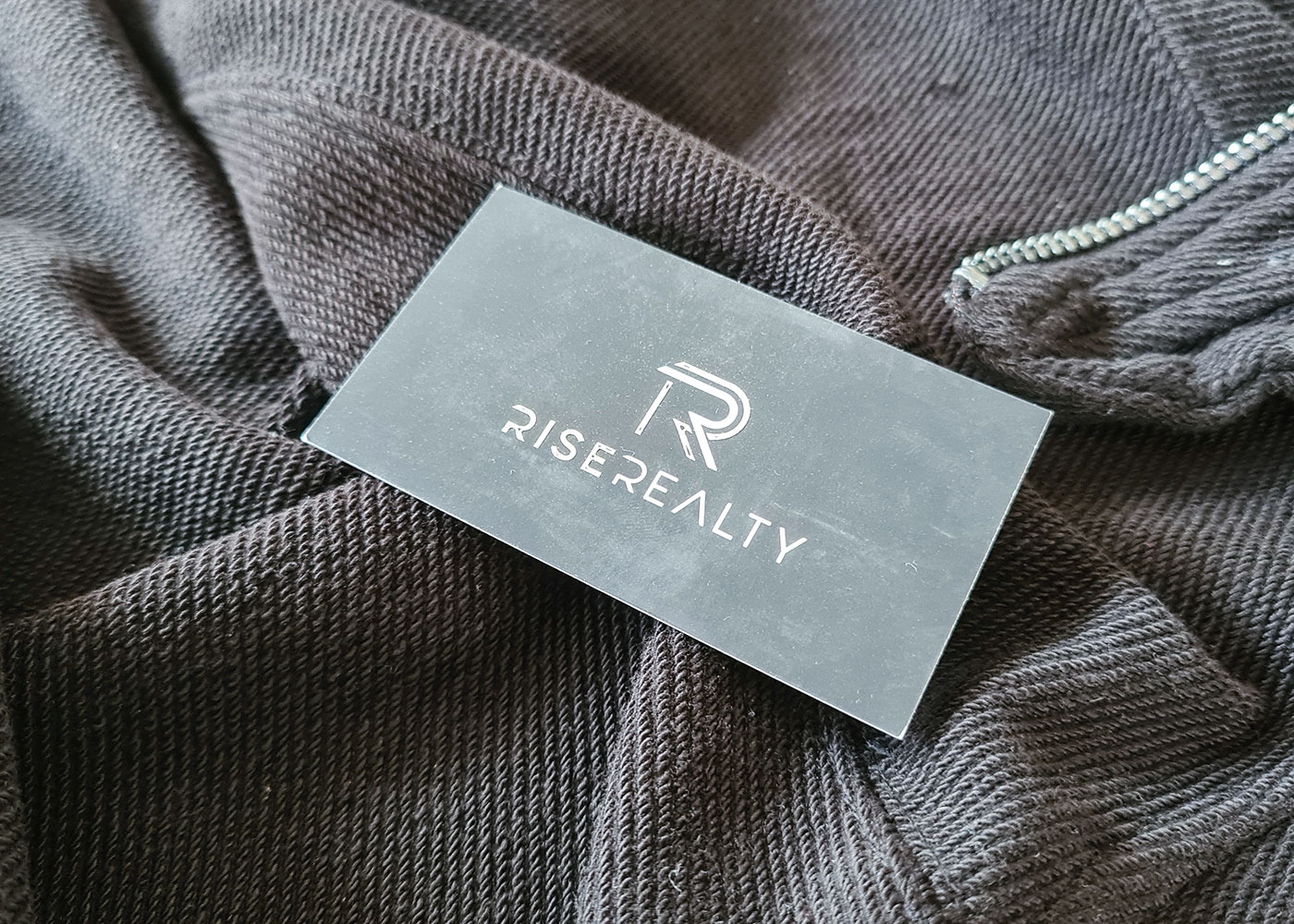

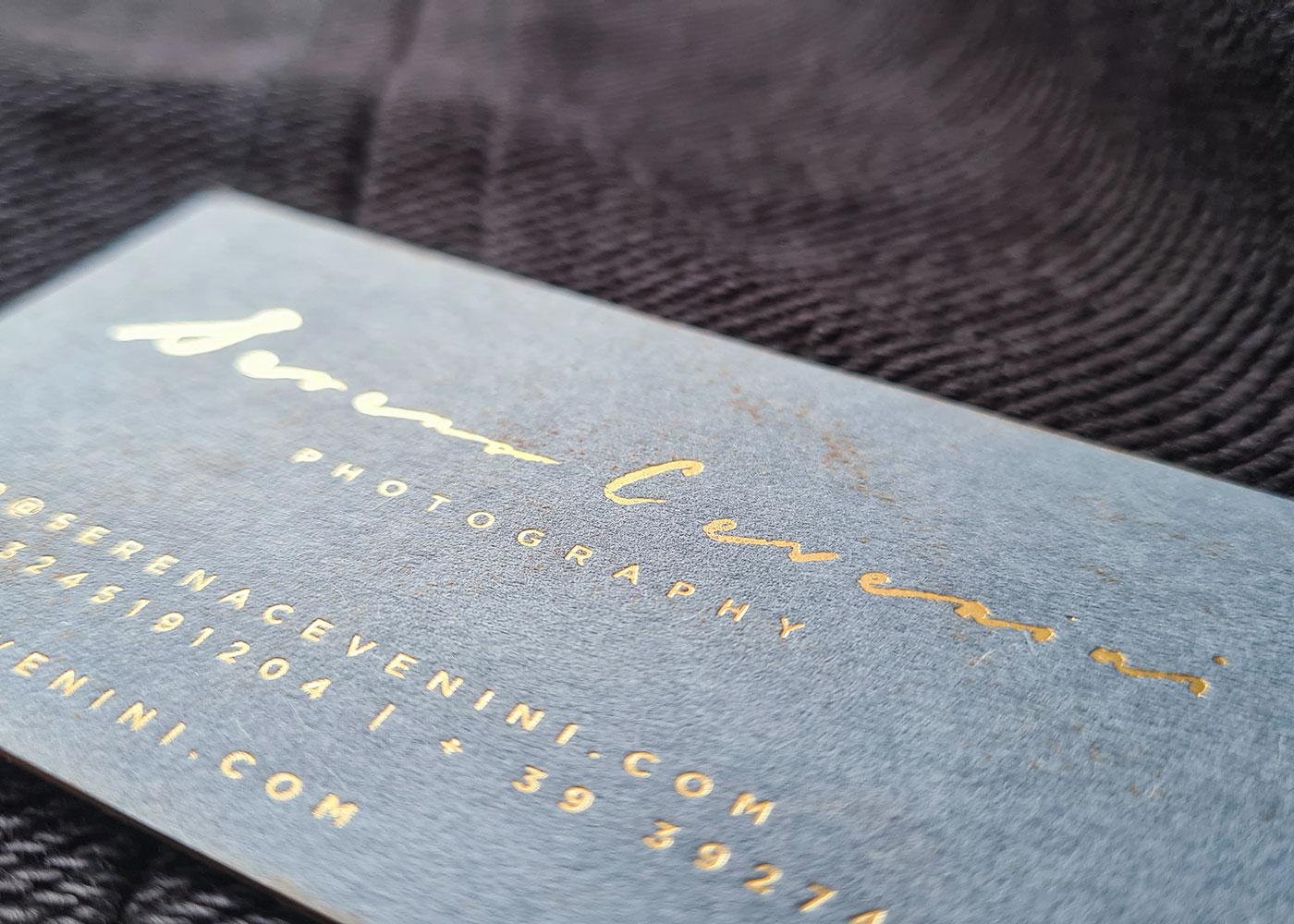



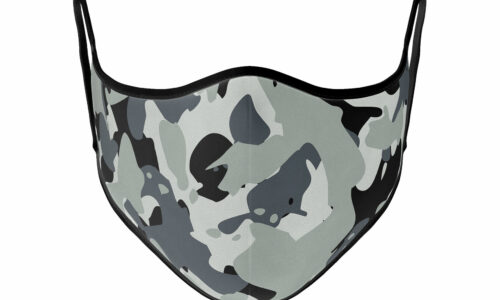
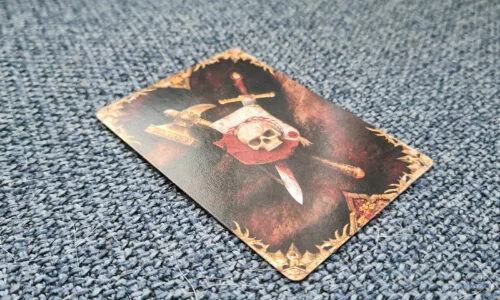
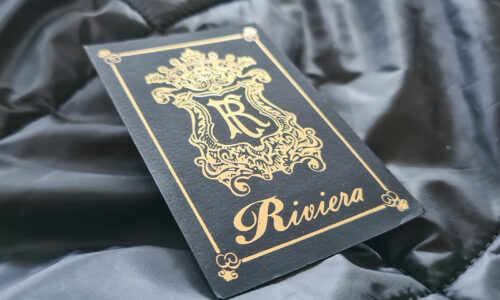
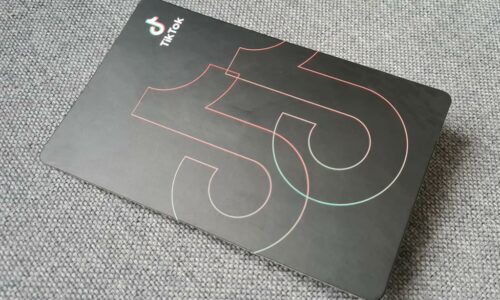
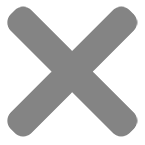
Only logged in customers who have purchased this product may leave a review.